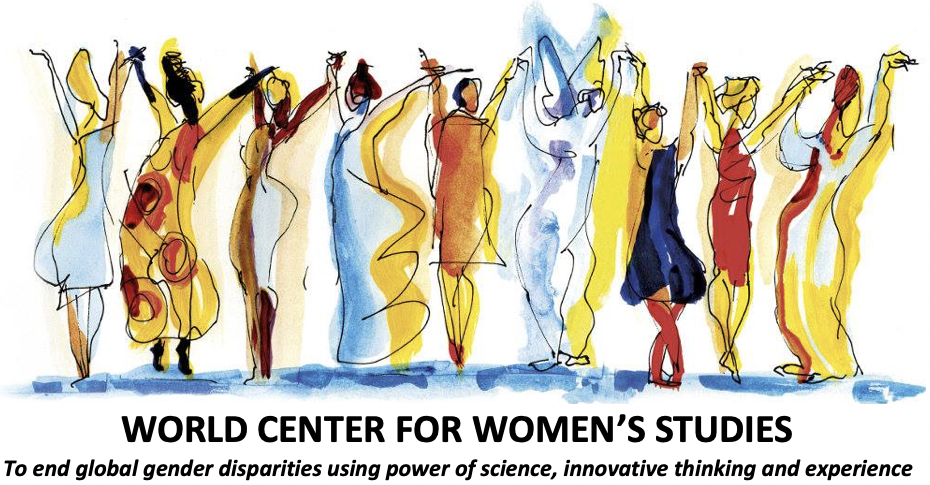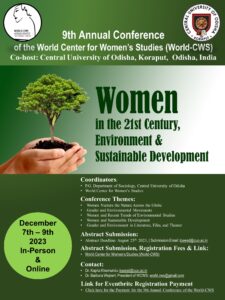COVID-19 and Climate Change are Intricately Linked
By: Alisson Vera
“Wild goats take over Welsh town amid coronavirus lockdowns.”
“Coyote explores Kirby Cove beach near Golden Gate Bridge as COVID-19 keeps people indoors.”
“Endangered sea turtles thriving thanks to COVID-19 restrictions.”
These were just a few of the headlines from last year when the pandemic had countries all over the world issuing stay-at-home orders. From these, it sounds like 2020 was a good year for mother nature. Yet these were short-lived moments. As lockdowns ease up, people are returning to their daily lives. Streets are once again busy with traffic, people are starting to travel more, and wildlife once again finds itself being pushed out.
The environment having to cope with ever increasing human activity isn’t anything new. With things like burning fossil fuels, deforestation, and agricultural practices, it’s no wonder humans are the primary cause of climate change. And thanks to their contribution to climate change, humans may have no one else to blame but themselves for the coronavirus pandemic.
A study recently published in the journal Science of the Total Environment details the way that climate change could have a direct link to the rise of SARS-CoV-2, the virus responsible for the COVID-19 pandemic.
Coronaviruses are a family of viruses that cause mild to moderate upper-respiratory tract illnesses according to the National Institute of Allergy and Infectious Diseases. There are hundreds of types of coronaviruses and they often circulate among animals like bats. The world’s bat population actually carries around 3,000 different coronaviruses. While most coronaviruses carried by bats can’t jump to humans, there have been several coronaviruses to infect humans believed to have originated in bats, including COVID-19.

Credits Justin Ng/Linfa Wang
This new study focuses on the southern Chinese Yunnan, the region where COVID-19 may have arisen. Climatic changes such as increase in temperatures, cloud cover, and atmospheric CO2 have caused the natural habitats to change from tropical shrubland to tropical savannah and deciduous woodland. This created a suitable habitat for bats that would normally not venture into the area. The study found this region to be a hotspot for an increase in bat species due to climate change. While this study is fairly new and many scientists are still wary of naming bats as the source of the COVID-19 virus, there is much discussion on how climate change played a role.
Zoonotic diseases, which are diseases transmitted from animals to humans like COVID-19, are only going to increase if climate change isn’t properly addressed.

As deforestation increases, it can trigger a cascade of events that lead to the spread of diseases, usually confined to wildlife, to people. In 1997, the burning of rainforests in Indonesia led to fruit bats being forced to move and settle on trees in Malaysian orchards. This in turn led to the first known cases of Nipah virus in people. As global temperatures rise, disease-carrying animals and insects are able to travel outside of their normal habitats. Rates of malaria infection are said to increase due to deforestation as it leads to culverts forming and creating pools of water which serve as breeding grounds for mosquitos. When you expand urban areas, farmlands, and increase contact between disease-carrying wildlife and humans, it’s only a matter of time before a pandemic like COVID-19 develops.
As we realize how intricately linked COVID-19 and climate change are, it would make sense that addressing climate change would be at the top of the agenda. However, COVID-19 has complicated that as well, creating a positive feedback loop. Worsening climate change may have brought on COVID-19 and now COVID-19 may make efforts to combat climate change more difficult than before.
COP26, a global United Nations summit about climate change and how to tackle it, is being postponed until November 2021. Other international negotiations regarding climate change have also been postponed. The World Conservation Congress, the Convention on Biological Diversity, and the 2020 U.N. Ocean Conference have all been postponed until 2021. The pandemic caused the global economy to take a big hit and these meetings could have allowed for enacting green stimulus plans that took climate change into account. Instead, some countries may not even consider climate change as a priority.
Scientific research has also come to a screeching halt. Lockdowns and worldwide travel plans have caused researchers to postpone projects as there is only so much work that can be done behind a computer screen. The inability to travel and take samples and measurements in the field, could cause a gap in data that is normally collected yearly. It also presents a loss of an unprecedented opportunity. The lockdowns were also responsible for a decline of 2.4 billion tonnes of fossil CO2 emissions and researchers are unable to fully explore the implications of this.
As the vaccine rolls out and we begin to return to some sense of normalcy and a daily routine, it’s imperative that we don’t forget how we came to be in a pandemic in the first place. Working climate change policies into recovery plans is a vital step global leaders must take as we move forward.



